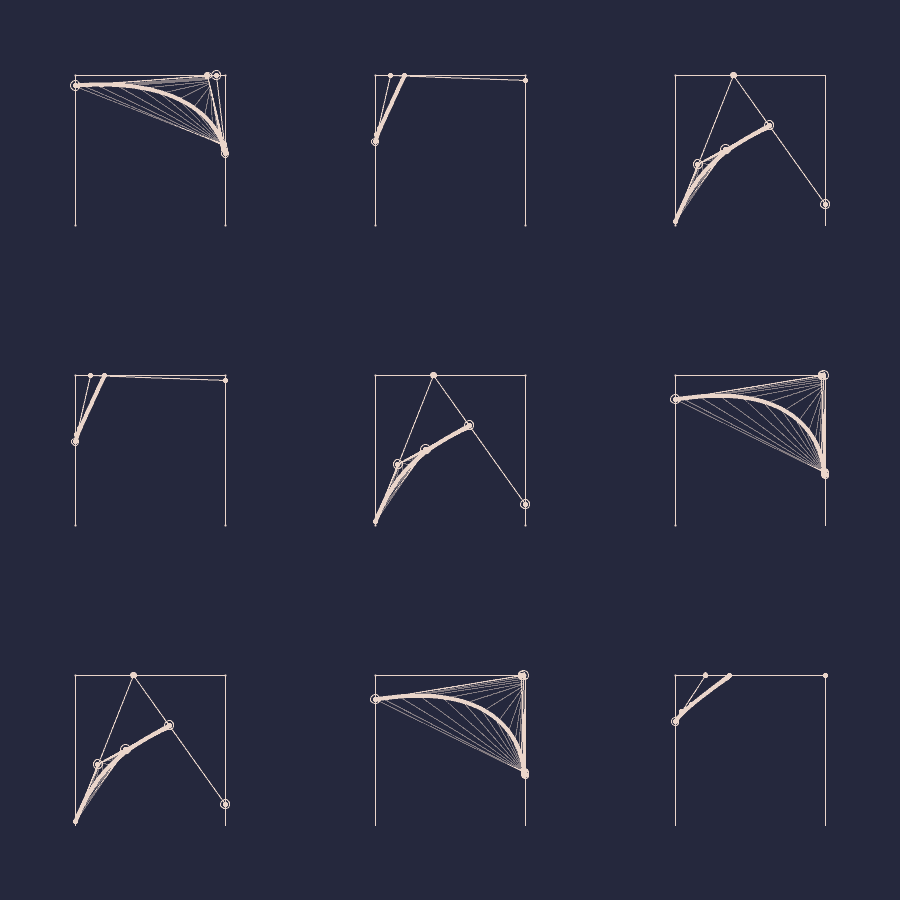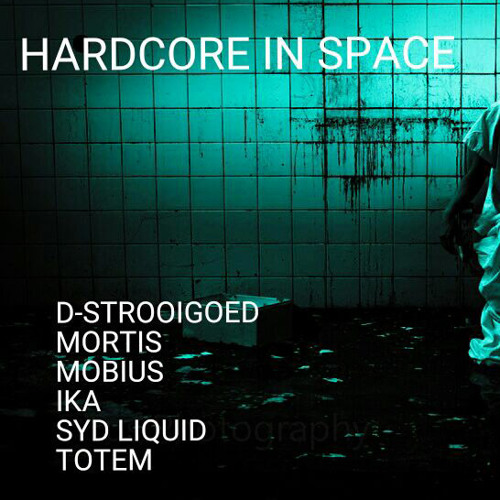
Bach have been analyzed using Möbius strips. and Thomas Nelson Downs have based stage magic tricks on the properties of the Möbius strip. Performers including Harry Blackstone Sr. Many architectural concepts have been inspired by the Möbius strip, including the building design for the NASCAR Hall of Fame. Escher, Max Bill, and others, and in the design of the recycling symbol. In popular culture, Möbius strips appear in artworks by M. Möbius strips appear in molecules and devices with novel electrical and electromechanical properties, and have been used to prove impossibility results in social choice theory. The many applications of Möbius strips include mechanical belts that wear evenly on both sides, dual-track roller coasters whose carriages alternate between the two tracks, and world maps printed so that antipodes appear opposite each other. Certain highly-symmetric spaces whose points represent lines in the plane have the shape of a Möbius strip. A Möbius strip without its boundary, called an open Möbius strip, can form surfaces of constant curvature. Both the Sudanese Möbius strip and another self-intersecting Mobius strip, the cross-cap, have a circular boundary.

The Sudanese Möbius strip is a minimal surface in a hypersphere, and the Meeks Möbius strip is a self-intersecting minimal surface in ordinary Euclidean space. A thin paper strip with its ends joined to form a Möbius strip can bend smoothly as a developable surface or be folded flat the flattened Möbius strips include the trihexaflexagon. It can be swept as a ruled surface by a line segment rotating in a rotating plane, with or without self-crossings.

Several geometric constructions of the Möbius strip provide it with additional structure. All of these embeddings have only one side, but when embedded in other spaces, the Möbius strip may have two sides. Any two embeddings with the same knot for the centerline and the same number and direction of twists are topologically equivalent.

Every non-orientable surface contains a Möbius strip.Īs an abstract topological space, the Möbius strip can be embedded into three-dimensional Euclidean space in many different ways: a clockwise half-twist is different from a counterclockwise half-twist, and it can also be embedded with odd numbers of twists greater than one, or with a knotted centerline. The Möbius strip is a non-orientable surface, meaning that within it one cannot consistently distinguish clockwise from counterclockwise turns. As a mathematical object, it was discovered by Johann Benedict Listing and August Ferdinand Möbius in 1858, but it had already appeared in Roman mosaics from the third century CE. In mathematics, a Möbius strip, Möbius band, or Möbius loop is a surface that can be formed by attaching the ends of a strip of paper together with a half-twist. To understand the function, which is represented by the Greek letter mu (|i), imagine placing all the integers into just one of three large mailboxes as described shortly.A Möbius strip made with paper and adhesive tape Sometime around 1831, Mobius studied what was later named the Mobius function Ln his honor. In this section, let's study a function that has a very irregular behavior and that has intrigued mathematicians since the days of Mobius. Most functions that we learn about in high school, like y ~ x2, which defines a parabola, are rather smooth and exhibit lame behaviors. Throughout the years, I have enjoyed cataloguing these kinds of curious mathematical functions, which have complicated or elegant behavior, and which provide mathematicians fertile territory for future exploration.

Mdbius Function August Ferdinand Mobius's interests went far beyond geometry as he explored several exotic integer functions. U T E f J W f l Q f c S n TECHN by Jos Leys J A U G U S T M 6 B W B ' S f ! B R v t L C K j f e BA'Wb tWR A T H E M A T I C S.


 0 kommentar(er)
0 kommentar(er)
